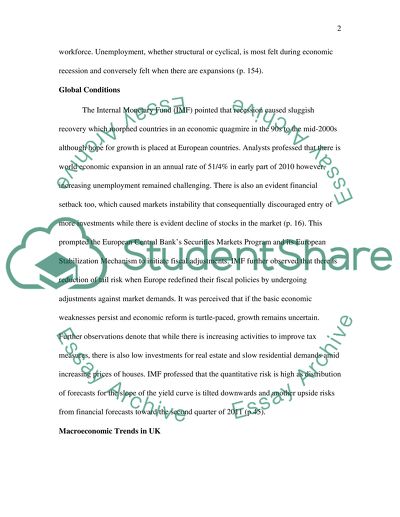Cite this document
(“Business Economic Essay Example | Topics and Well Written Essays - 4000 words”, n.d.)
Retrieved from https://studentshare.org/environmental-studies/1413477-business-economic
Retrieved from https://studentshare.org/environmental-studies/1413477-business-economic
(Business Economic Essay Example | Topics and Well Written Essays - 4000 Words)
https://studentshare.org/environmental-studies/1413477-business-economic.
https://studentshare.org/environmental-studies/1413477-business-economic.
“Business Economic Essay Example | Topics and Well Written Essays - 4000 Words”, n.d. https://studentshare.org/environmental-studies/1413477-business-economic.


